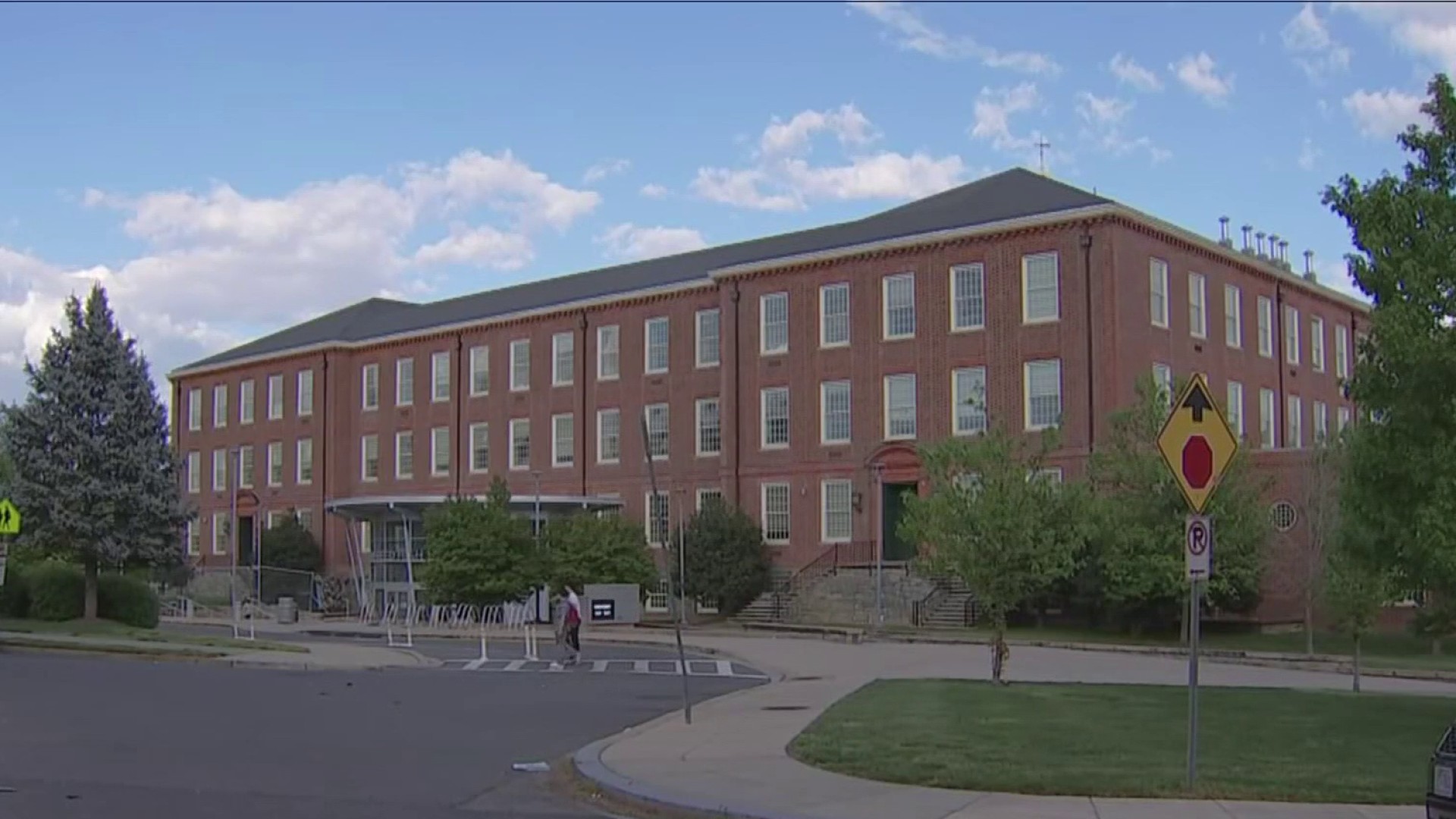The man on trial for the murders of three prominent Alexandria citizens had protective orders against him that had been signed by the first victim's husband, prosecutors said in court Tuesday.
Charles Severance is on trial in the fatal shootings of Nancy Dunning in 2003, Ron Kirby in 2013 and Ruthanne Lodato in 2014.
Nancy Dunning was married to then-Alexandria Sheriff Jim Dunning. In court Tuesday, prosecutors introduced a protective order against Severance from March 31, 2000, signed by Sheriff Dunning.
The order was intended to keep Severance from his son's mother.
Prosecutors have said that Severance -- a former Alexandria resident with a history of erratic behavior -- committed the killings as revenge against what he perceived as the city's ruling class after losing custody of his son, Levite. During opening statements earlier this month, a prosecutor said Severance lived near the victims when he lost custody of Levite, and developed hatred toward courts and the "elite."
In court Tuesday, Severance's defense team attempted to keep the protective orders from being admitted into evidence.
Prosecutors also spotlighted writings by Severance they say make his motive clear: To get revenge on the Alexandria police, courts and elite.
Local
Washington, D.C., Maryland and Virginia local news, events and information
He wrote "knock talk enter kill exit murder wisdom," which prosecutors see as a script for the killings.
A 2013 email reads, "Violence wins. Assassinate because it is in the best interest of the child."
Also on Tuesday, prosecutors turned to firearms evidence to try to connect the dots between the three murders -- and to try to suggest that Severance pulled the trigger. However, defense attorneys did their best to cast doubt on the prosecution's theory.
Firearms expert Julien Mason testified the bullets used in the three murders are the same type: .22-caliber, long-rifle, plain lead hollow-point Remington brand cyclone or subsonic bullets.
It's a type of ammunition seized from Severance's belongings and it's rarely seen in the lab.
Mason testified he's only seen it in criminal cases three times in his 34 years of experience. All three are the murders of which Severance is accused.
It was powerful testimony as the prosecution tries to link the three murders. However, there is also key evidence missing in this case: No guns were ever recovered.
Mason testified that a North American Arms mini revolver is one weapon that could have fired the bullets. Severance owned such a weapon years ago and more recently had his then-girlfriend buy two of them.
Those two guns went missing after Severance moved from her townhouse a month after Lodato's murder. Two shell casings that match the weapon were found in the townhome garage.
Prosecutors hope jurors will decide that Severance used his favored weapon in the murders -- but defense attorneys attacked that conclusion, underscoring how widespread this type of ammunition is and how any number of gun makers' products could have fired these bullets.
The defense asked Mason if other guns could have fired the bullets, and he said yes.
Mason's testimony also revealed that the bullets at the three murder scenes were likely not fired from the same gun. In the lab, he said he discovered that the microscopic markings left on the bullets collected were different.
The Associated Press contributed to this report.



